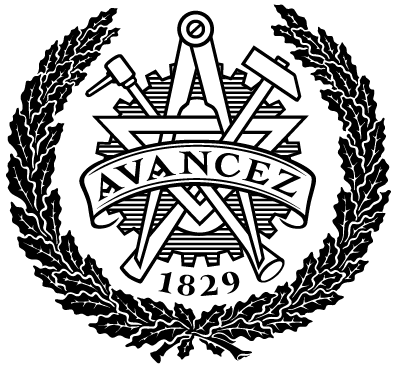The northernmost nostalgia: An exploration on floating structure applicable to polar bear ecology and other arctic lives
Publicerad
Författare
Typ
Examensarbete för masterexamen
Master's Thesis
Master's Thesis
Modellbyggare
Tidskriftstitel
ISSN
Volymtitel
Utgivare
Sammanfattning
As global warming causes significant
changes, the melting ice cap in the Arctic
has drew more attention. Meanwhile, a sixth mass extinction has already occurred in the 'Anthropocene'. Arctic lives, including narwhals, polar bears and walruses, will be the first to get involved due to inadequate habitat. If human activity continues as it is, we could see the demise of polar bears sometime between 2050 and 2100. We certainly hope that the Paris agreement could limit global temperature change to 1.5 degrees Celsius above pre-industrial levels.
But in most cases, ice caps will disappear in a foreseeable future, so do polar bears. People have already realized the importance of biodiversity to ecosystems.
Sanctuaries and national parks are set up in order to preserve wild animal's habitat. But polar bears are in a very special situation, their tracks range from the northernmost multiyear ice to the terrestrial hills and plains. Sea ice is a key platform for polar bears to accumulate a year's weight. It is also the most threatened habitat. Sea ice is an extremely fragile ecosystem that possesses a simple chain of energy transfer. When one of its links is disrupted, it will deal a serious blow to the whole system. It's not just the polar bear that's at stake, but also many other species that live in it, various kinds of algae and bacteria, polar cod, and polar bears' main food source, seals.
As some experts are investigating, artificially enabling sea ice re-formation is possible, such as pumping warm seawater from the deep sea to the surface and seasonal injections of aerosols to reduce solar radiation. But what can we do as Architect? What results are obtained by maximizing the benefits of space from a non-anthropocentric design perspective? The location and design core of this project are far from human society. It will not entagle with human interests in order to
maximize the design opportunity regarding polar bear's minimal autonomy as well as the consciousness of vulnerable Arctic ecology.This will be a process of constant questioning and reflection.
The 'oasis' or 'oases' could only support limited amount of polar bears to hang on with their survival skills in hand. But they might be the seeds.
Beskrivning
Ämne/nyckelord
Non-anthropocentric, Arctic ecosystem, Polar bear territory
